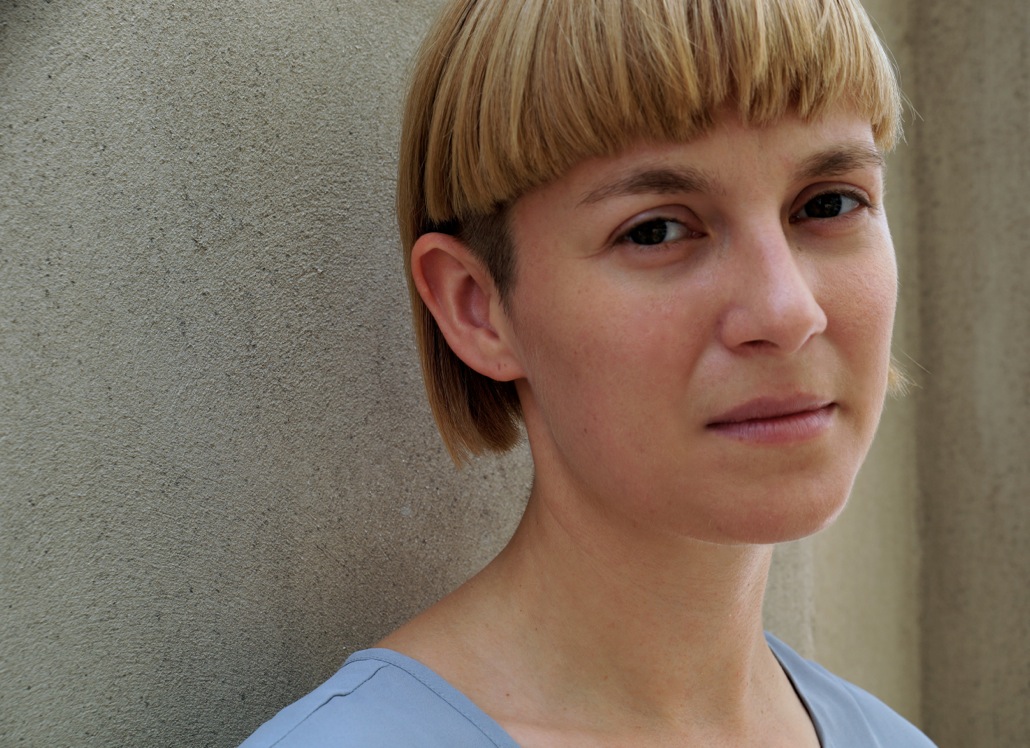S. Pearl Brilmyer's work lies at the intersection of the history of philosophy, science, and literature. Her current project, Character Density: Late Victorian Realism and the Science of Description, concerns the philosophical implications of the disarticulation of character from plot at the end of the nineteenth century. Other research interests include: theories of will and drive in 19th-century German philosophy, questions of temporality in feminist and queer theory, and materialisms old and new.
She has has previously taught at The University of Oregon, New York University, Pratt Institute, and the Brooklyn Institute for Social Research, and has held fellowships from the Institute for Cultural Inquiry ICI Berlin, the DAAD, and the Max Planck Institute for the History of Science. She has recently published in PMLA and Representations, and is currently editing a special issue of GLQ: Gay and Lesbian Quarterly entitled "The Ontology of the Couple" with Filippo Trentin and Zairong Xiang.



